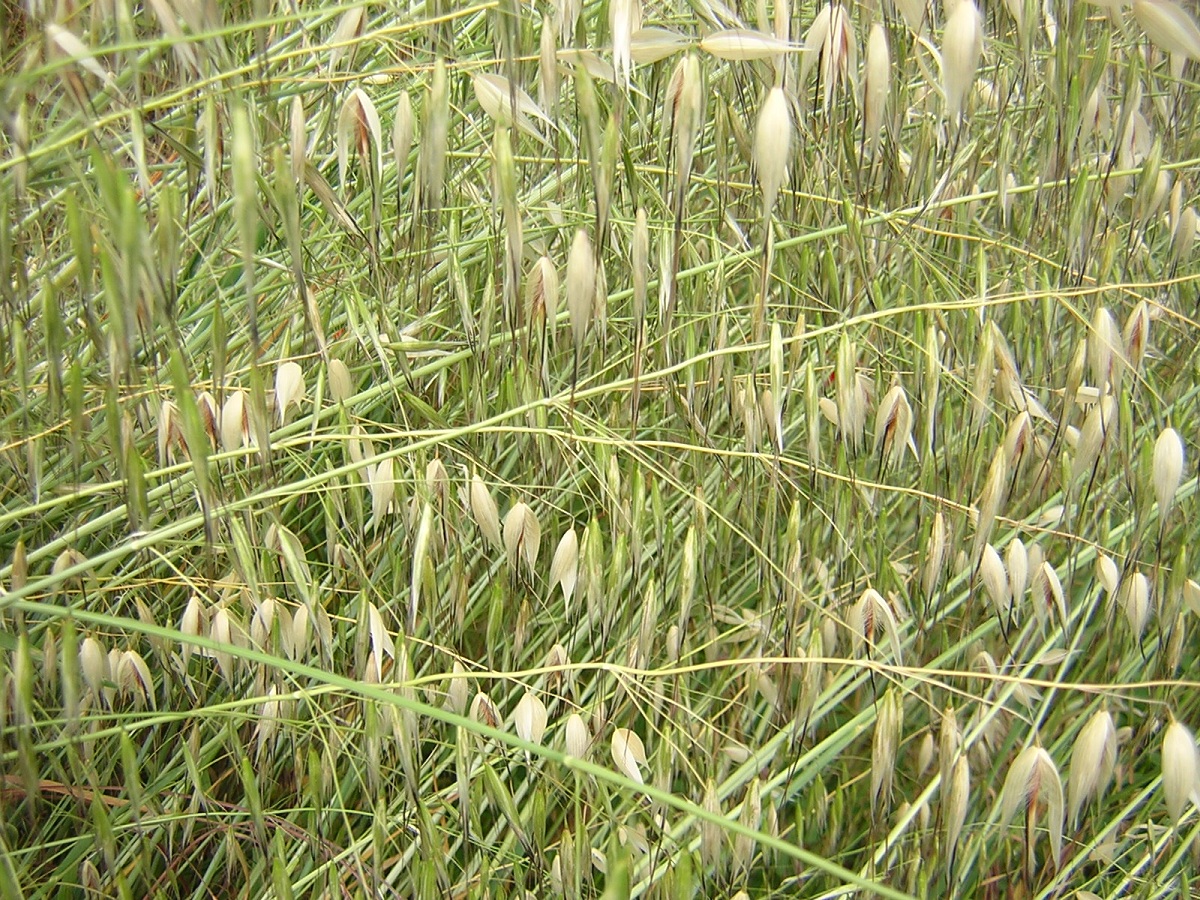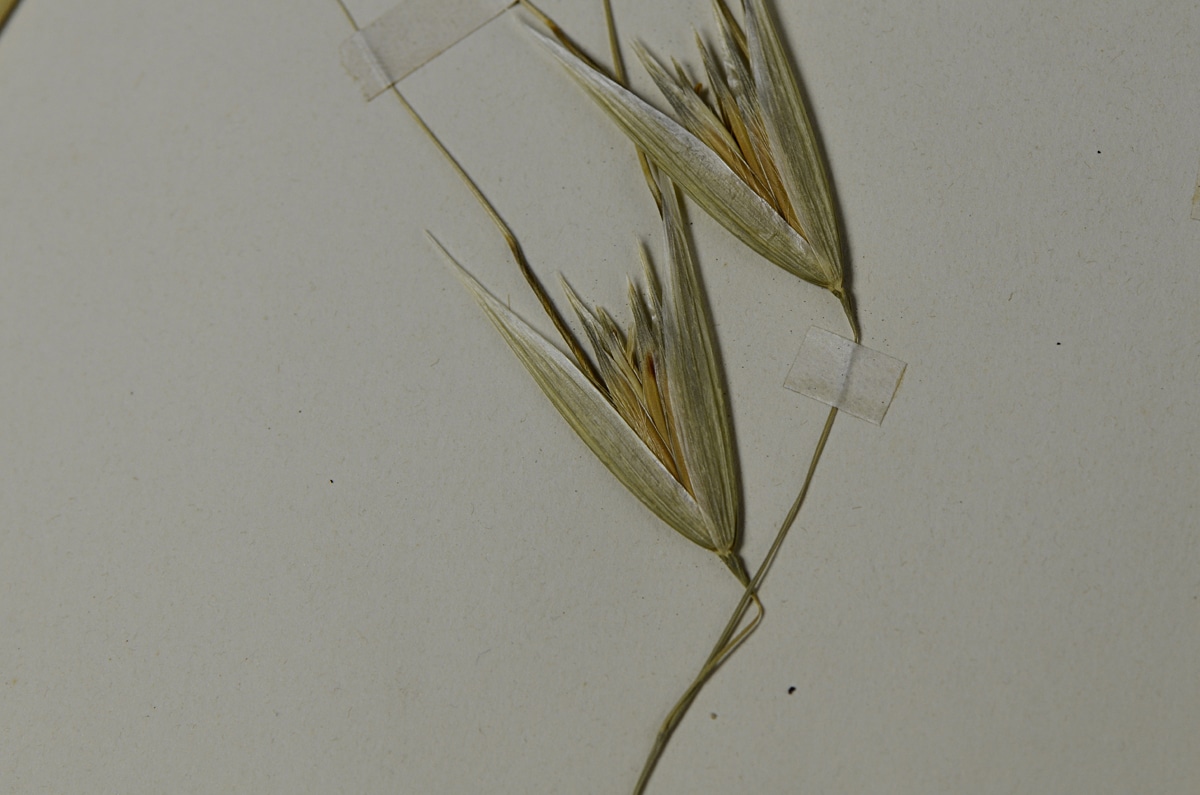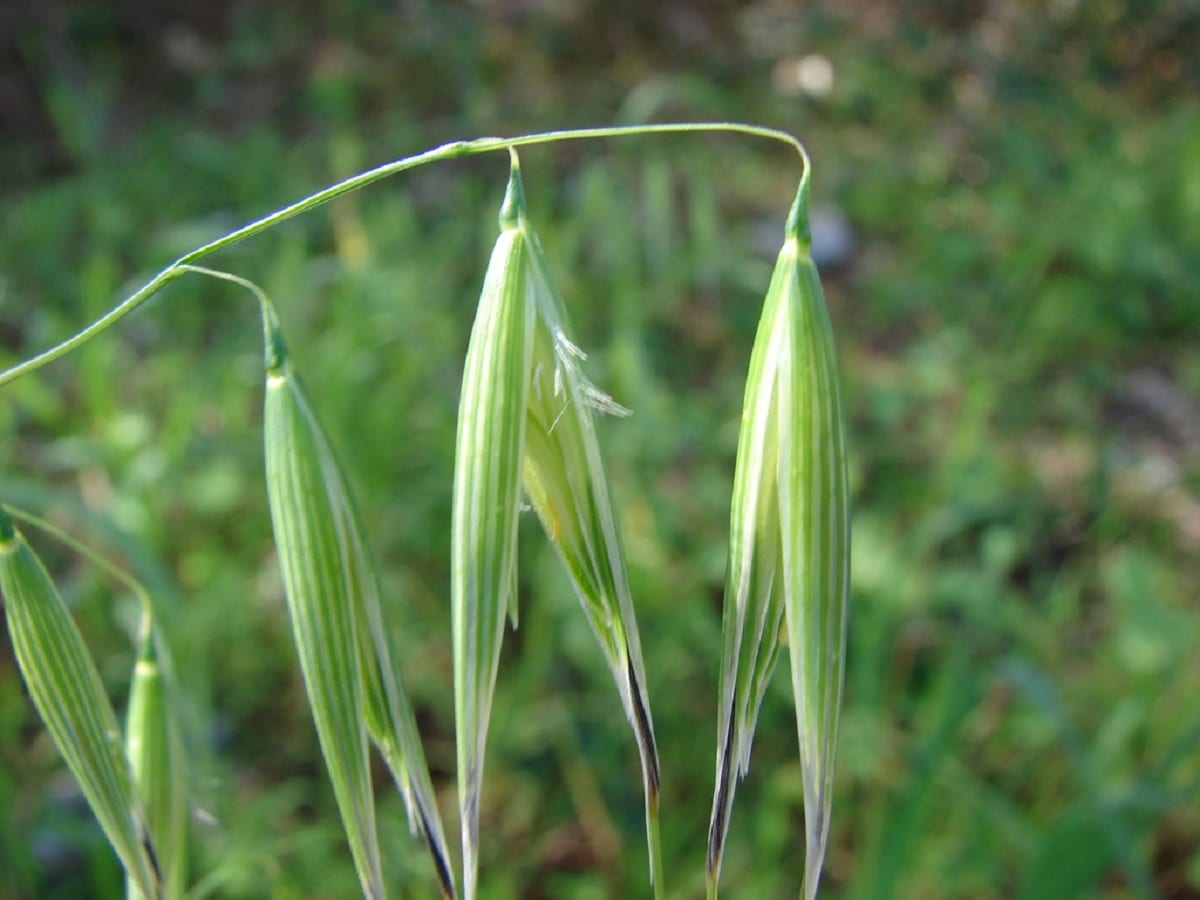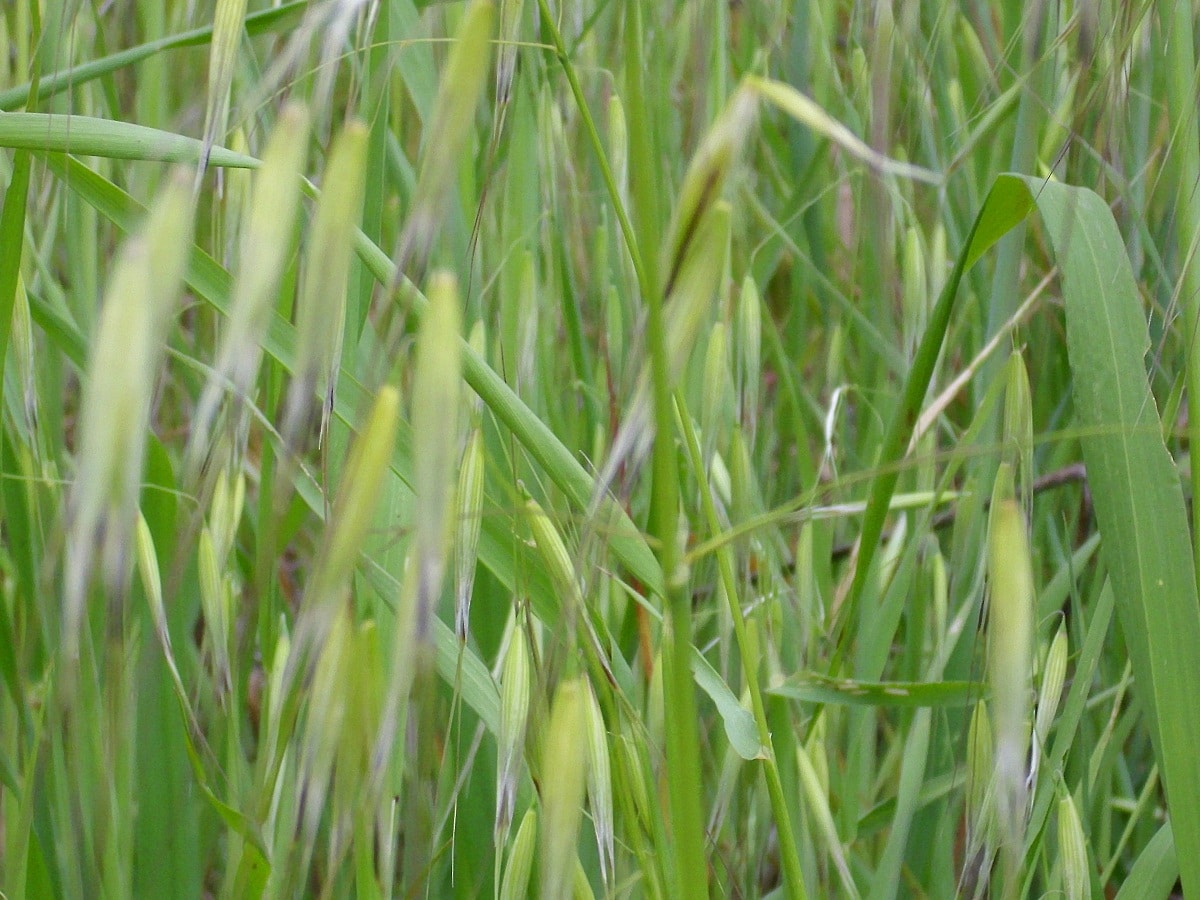
Today we are going to talk about a kind of oatmeal that is not the one we are used to. It is the crazy oat also known as ballueca or bad oats. Its scientific name is Avena sterilis and it is considered a harmful weed mainly in extensive winter crops. It mainly affects cereals, rapeseed and legumes that serve as grain or forage. It is also present in other crops that are included in rotation with these.
In this article we are going to tell you all the characteristics, what damage it can cause in your crops and how to control the Avena sterilis.
Key features

Avena sterilis belongs to the group of grasses and is considered a weed. It specifically affects some crops such as barley, rye, wheat, and triticale. It is one of the species that has a narrow leaf and is very abundant in cereal crops in the northern half of the country. It has become a species that attacks or negatively affects the main crop. The time of appearance begins in October and ends in April.
To be able to identify crazy oats, you have to know what its main characteristics are. We must know that there is not only the species oatmeal sterilis, but also another group of plants that have similar characteristics are included. To be able to identify the crazy sand, it is necessary to point out some main keys that will help us to identify it:
- The most common species of wild oats are Wild oats, Avena sterilis and another his species known as Ludovician oatmeal. All these species can negatively affect crops, just as the one we mentioned at the beginning does.
- Among the morphological characteristics that these plants possess is that they are coiled and do not have atria. They can be identified with the naked eye in the pre-flowering season. And it is a rolled weed that does not have even headphones and its ligule is membranous.
- It is a very annoying plant for crops and difficult to eliminate since it has a low natural mortality. Its Nascence is relatively high and has between 25 and 45% of the seeds in the soil.
Damage caused by Avena sterilis

There are numerous treatments to control crazy oats. However, we are going to look for the one that has a greater efficiency in cereal crops that are mainly affected. The first thing is to know the damage that this plant can cause in order to identify this species correctly. These are the damages that Avena sterilis can cause in cereal crops:
- Produces greater competitiveness with crops: you have to know that all crops fight for the nutrients and resources in the soil. All the space where the crops are planted has a limited amount of space to be able to extend their roots and absorbs the necessary nutrients to develop. If we find a plant whose natural mortality is low and its expansion rate is high, competitiveness for resources will increase. This can cause significant economic losses at very low densities. We are talking about densities of between 5 and 25 plants per square meter.
- Lack of control: if proper control of the populations is not carried out, wild oats will multiply very quickly. And it is that its density can be doubled in just one year.
- Elimination: With effective control measures, we can almost completely eliminate the species within 4-5 years.
Unlike fingers it is thought of other species, it is not an invasive plant. The land simply grows but it is not usable by humans. Being a plant that has good characteristics and adapts easily to ecosystems, it usually lasts a long time. This is what makes it a weed. We must not confuse weeds with an invasive plant. Their existence should only be eradicated in growing areas where they disturb other plants and generate problems in production.
Control of Avena sterilis

As we have mentioned before, there are numerous treatments to control the spread of Avena sterilis. However, we are going to mention which treatment is most effective to control the development of mad oats. The most effective treatment available today is to use a selective Syngenta post-emergence herbicide. The efficacy of this herbicide is very good on barley, wheat, rye and triticale crops.
Let's see what the doses are and how we should use this selective herbicide to make the most of its benefits:
- Dose: the percentage for the efficacy of the minimum dose to be good amounts to 96.8%, the maximum dose being 98%.
- Application time: It is not worth applying it at any time but you have to find a way to increase its effectiveness. If we apply at the beginning of the godson, the efficiency against this plant is 96.8%, while if we use it when the godson was there, we will achieve an efficiency of 98.1%.
- Different species: We have mentioned before that there are numerous species of crazy oats and that we must recognize which each one of them. However, this herbicide acts efficiently against species such as Avena sterilis, Avena fatua and Avena ludoviciana.
One of the tips that are given to those who apply this herbicide is the following. You have to place the herbicide between the beginning and the end of the godson and you have to spray. You have to look for the moment when the weeds have started to grow and are in their active growth. In addition, it is interesting to use this herbicide with favorable conditions of soil moisture and adequate temperature. The dose of the abutments in general between 0.75 liters for each hectare of land. Depending on the development of the oats and the level of infestation of all the crops, this dose may be somewhat higher or lower.
I hope that with this information you can learn more about Avena sterilis and how to control it.